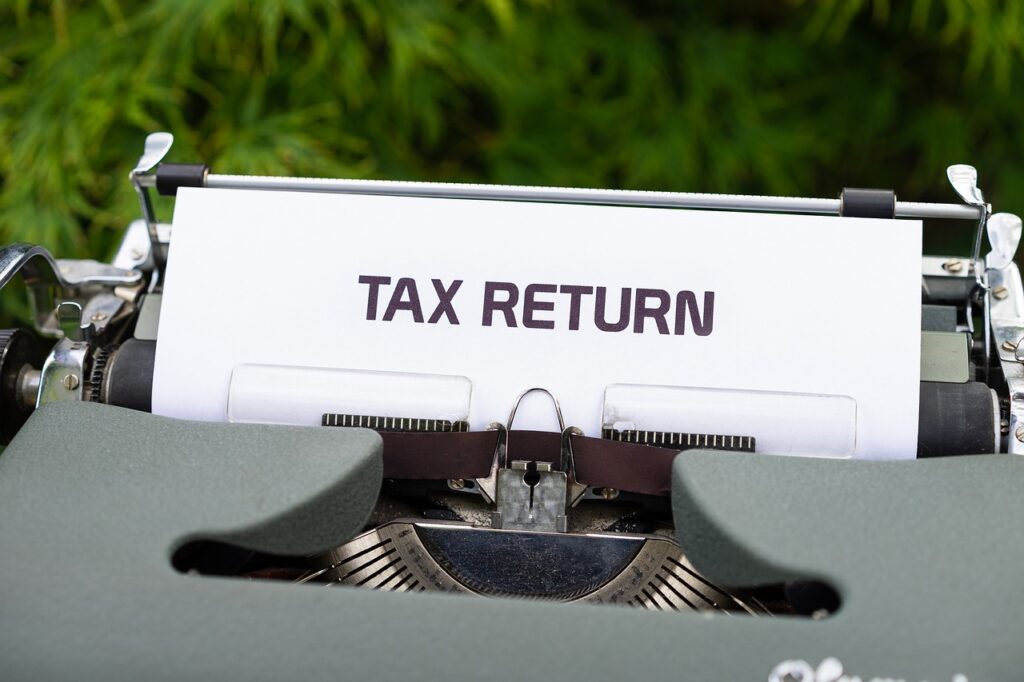Which Tax Regime Is Better?

We understand the confusion in introducing a new tax regime such as increasing the LTCG rate and later introducing the indexing facility. In the 2024 budget, honorable Finance Minister Nirmala Sitaraman announced changes in the old and new tax regimes.
But there was confusion created between the two regimes on “which one will be best for you?”
Well, worry not. We are here to resolve this issue and provide the best optimal combinations of old and new tax regimes. So you can decide on a suitable one.
We will discuss the pros and cons of both tax regime structures and try to exhibit a clear structure in a summary.
So let’s get started!

The Difference of New Tax Regime Updates
The new tax regime is currently the default tax structure, which means by default your income or profit will be applicable to be taxed under the new tax structure. Here we present a comparison table for new and old tax structures.
| Tax Slab (FY 23-24) <Previous> | Tax Rates | Tax Slab (FY 24-25) <Updated> |
| Upto ₹3 lakh | nil | Upto ₹3 lakh |
| ₹3 lakh – ₹6 lakh | 5% | ₹3 lakh – ₹7 lakh |
| ₹6 lakh – ₹9 lakh | 10% | ₹7 lakh – ₹10 lakh |
| ₹9 lakh – ₹12 lakh | 15% | ₹10 lakh – ₹12 lakh |
| ₹12 lakh – ₹15 lakh | 20% | ₹12 lakh – ₹15 lakh |
| More than ₹15 lakh | 30% | More than ₹15 lakh |
Evaluation of the New Tax Slab
Table 1 clearly shows the changes made to the tax slab. The tax rate of 5% is updated with an additional increment of ₹1 lakh, followed by another ₹1 lakh increment, then the same. However, with changes for both tax slabs, there are no major changes in tax rates.
Also, significant changes in the standard deduction up to ₹75000 are based on the new updated tax regime. The deduction in family pension is increased by ₹15000 to ₹ 25000 and can save up to ₹17500.
A Timeline Journey of The New Tax Slabs
FY 2020-21.
The new tax slab was introduced in the 2020 budget session and the government updated the tax rates accordingly. The tax slab was updated and there was concessional tax rates introduced. If one opts for the new tax regime thus, one cannot go for several exemptions and deductions such as HRA, LTC, 80C, 80D, etc. According to some experts, this was the major reason for its unpopularity. After the introduction, the new tax slab remains the same, from 2021-2022 to 2022-2023 FY.
FY 2023-2024.
The introduction of the new tax slab brings no such major changes besides its slowly losing the traction in popularity from the old tax slab. Thus, the government brought 5 key changes in 2023 to attract the income taxpayers.
FY 2024-2025.
The key 5 changes remain the same in the latest interim budget 2024 and union budget 2024. Let’s discuss the key 5 changes to attract taxpayers to adopt the new tax slab.
The Updates of New Tax Slab (Table 1)
- Higher Tax Rebate Limit.
- Streamlined the Tax Slab.
- Increase in Standard Deduction and Family Pension
- Reduction in Cess and Surcharges.
- Exemption on Higher Leave Enchasment.
- New Tax Slab as Default Regime u/s 101E.
| Revenue Slab | Old Tax Slab Rate% | New Tax Rate% until 31 March 2023 | NTS % from 1st April 2024 |
| ₹0 – ₹2,50,000 | – | – | – |
| ₹2,50,000 – ₹3,00,000 | 5% | 5% | – |
| ₹3,00,000 – ₹5,00,000 | 5% | 5% | 5% |
| ₹5,00,000 – ₹6,00,000 | 20% | 10% | 5% |
| ₹6,00,000 – ₹7,50,000 | 20% | 10% | 10% |
| ₹7,50,000 – ₹9,00,000 | 20% | 15% | 10% |
| ₹9,00,000 – ₹10,00,000 | 20% | 15% | 15% |
| ₹10,00,000 – ₹12,00,000 | 30% | 20% | 15% |
| ₹12,00,000 – ₹12,50,000 | 30% | 20% | 20% |
| ₹12,50,000 – ₹15,00,000 | 30% | 25% | 20% |
| >₹15,00,000 | 30% | 30% | 30% |
Source from Income Tax Department. Table 2.
Which Tax Regime Is Better For You?

Till now you have understood the new tax rules’ differences and details, therefore let’s, understand the difference of advantages between the new tax regime and the old tax regime. So you can make a suitable decision for the best tax regime. Also, several other factors will be discussed so you can make a more accurate decision.
The Difference of Advantages Between The New Tax Regime and The Old Tax Regime
| Income ₹ | (-) SD | Gross Revenue | Tax (applicable for both) | AD in Old Regime | Old vs New Tax Regime (SD) |
| ₹7,00,000 | ₹50,000 | ₹6,50,000 | ₹0 | ₹1,50,000 | New Tax Regime |
| ₹8,00,000 | ₹50,000 | ₹7,50,000 | ₹36,400 | ₹1,38,500 | OR: SD> Rs 1,38,500NR: SD < Rs 1,38,500 |
| ₹9,00,000 | ₹50,000 | ₹8,50,000 | ₹41,600 | ₹2,12,500 | OR: SD> Rs 2,12,500NR: SD < Rs 2,12,500 |
| ₹10,00,000 | ₹50,000 | ₹9,50,000 | ₹54,600 | ₹2,50,000 | OR: SD > Rs. 2,50,000NR: SD < Rs 2,50,000 |
| ₹12,50,000 | ₹50,000 | ₹12,00,000 | ₹93,600 | ₹3,12,500 | OR: SD> Rs. 3,12,500NR: SD < Rs 3,12,500 |
| ₹15,00,000 | ₹50,000 | ₹14,50,000 | ₹1,45,600 | ₹3,58,000 | OR: SD > Rs. 3,58,000NR: SD < Rs 3,58,000 |
| ₹15,50,000 | ₹50,000 | ₹15,00,000 | ₹1,56,000 | ₹3,75,000 | OR: SD > Rs. 3,75,000NR: SD < Rs 3,75,000 |
| ₹16,00,000 | ₹50,000 | ₹15,50,000 | ₹1,71,600 | ₹3,75,000 | OR: SD> Rs. 3,75,000NR: SD < Rs 3,75,000 |
Conclusion

According to many experts, both of the tax regimes are suitable for a person. The best tax slab depends on future financial planning and investment. Thus, recommended to choose only the suitable one which is best for your financial planning. However, choosing the tax slab that will reduce your liability and support saving will be the logical best option.
